The history of this sanatorium dates back to the turn of the XIX-XX centuries. In those distant times, the Apollinarius Tarnavskyi liquefaction facility operated on the site of the modern sanatorium.
Надсилайте актуальну інформацію та отримуйте більше цільових клієнтів. Ми розмістимо ваш об’єкт у нашому каталозі та покажемо поруч із локаціями, а також у загальному каталозі, це безкоштовно!
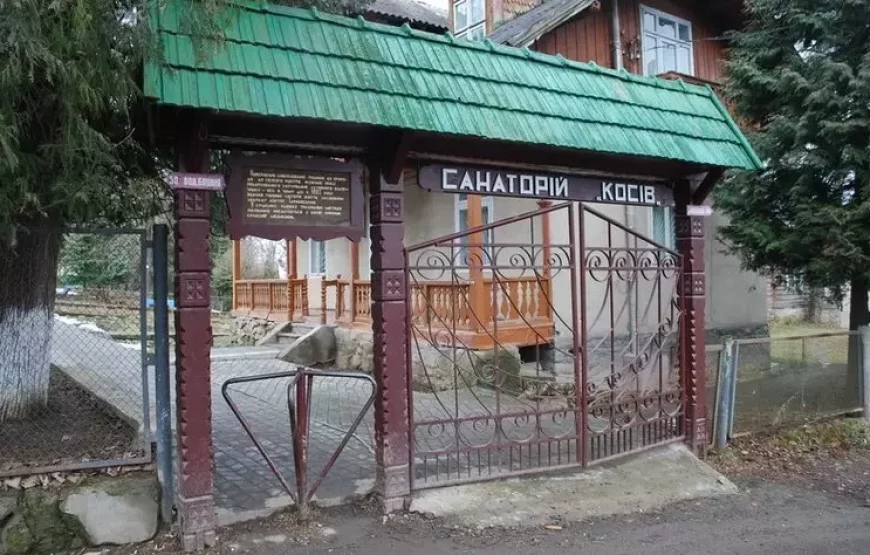
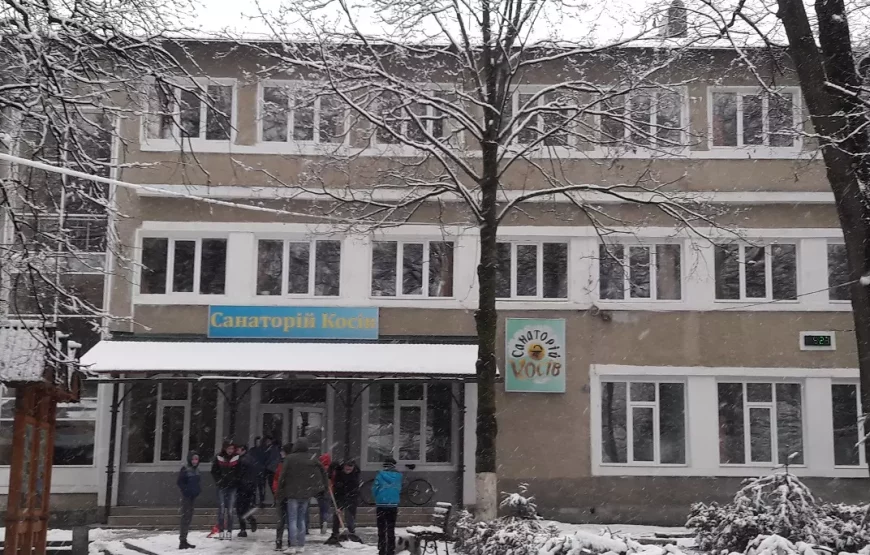
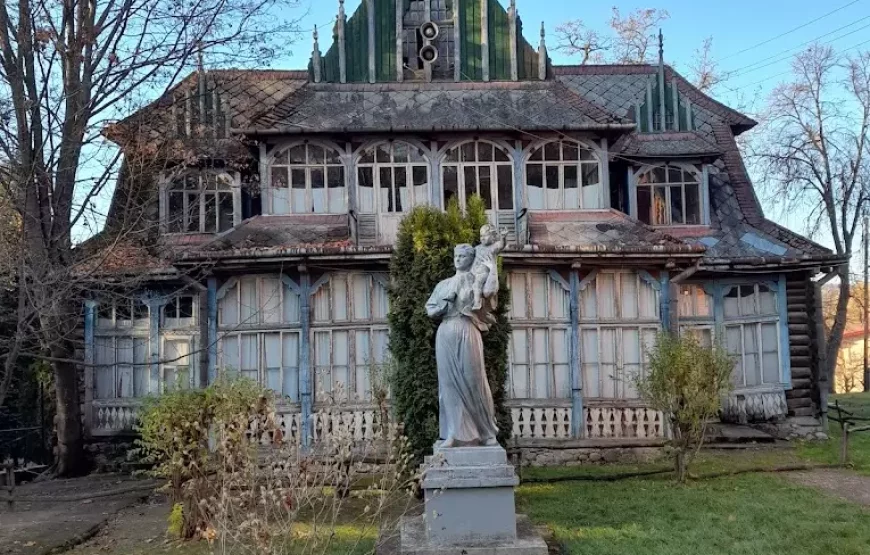
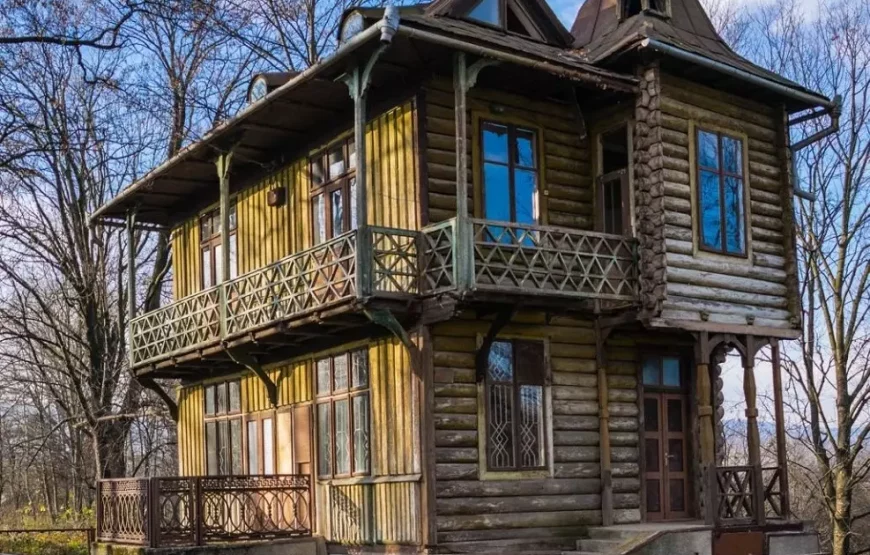
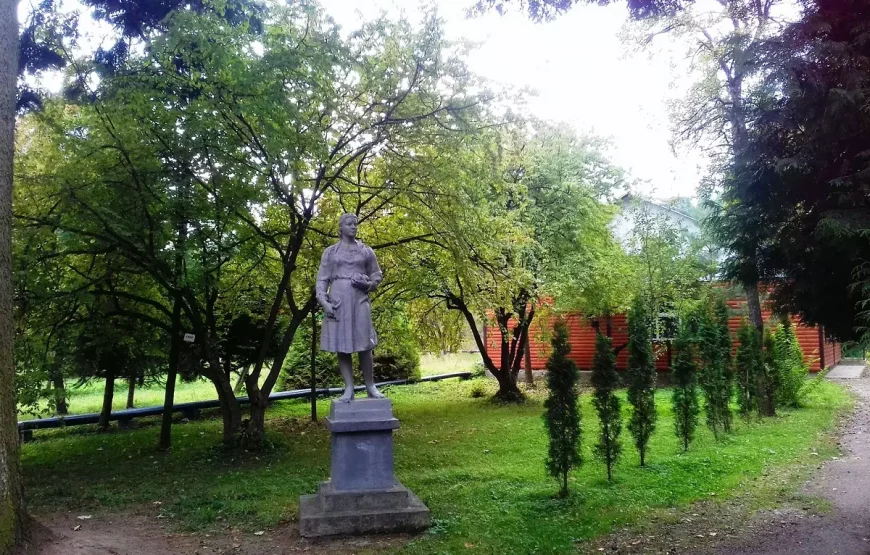
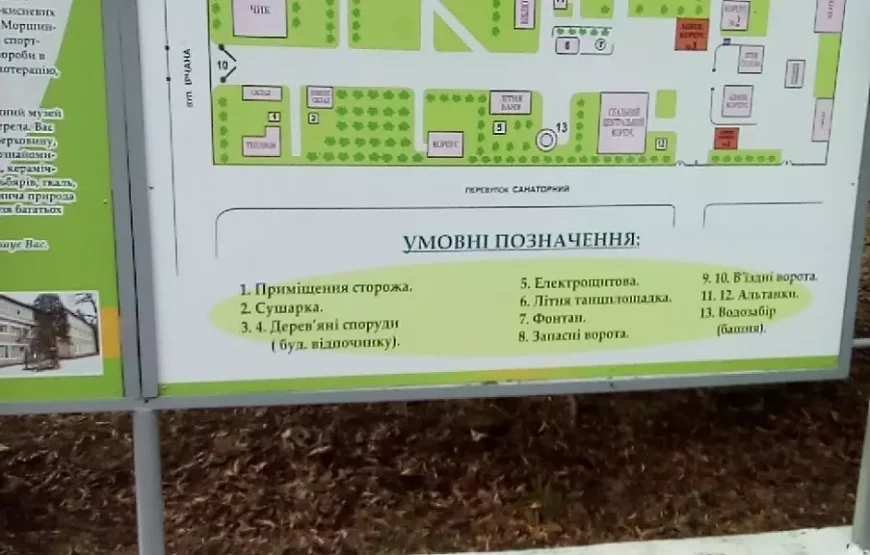

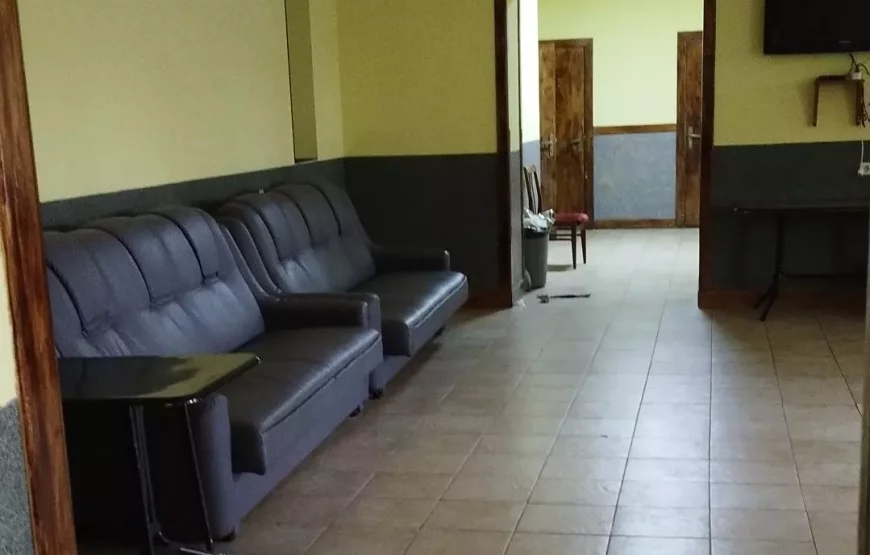



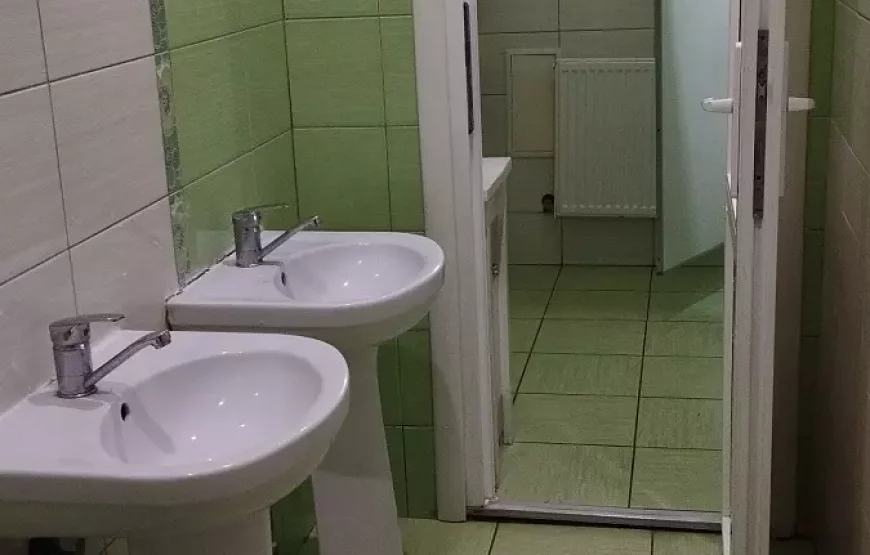
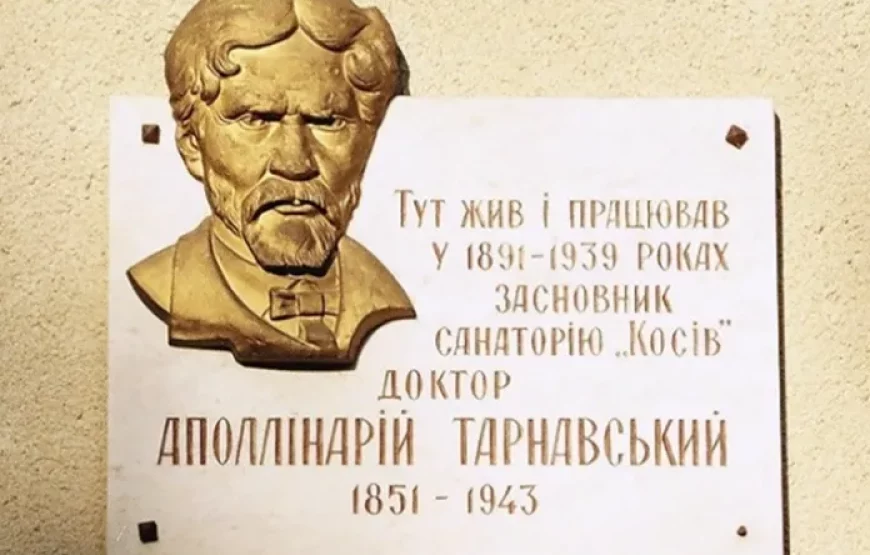
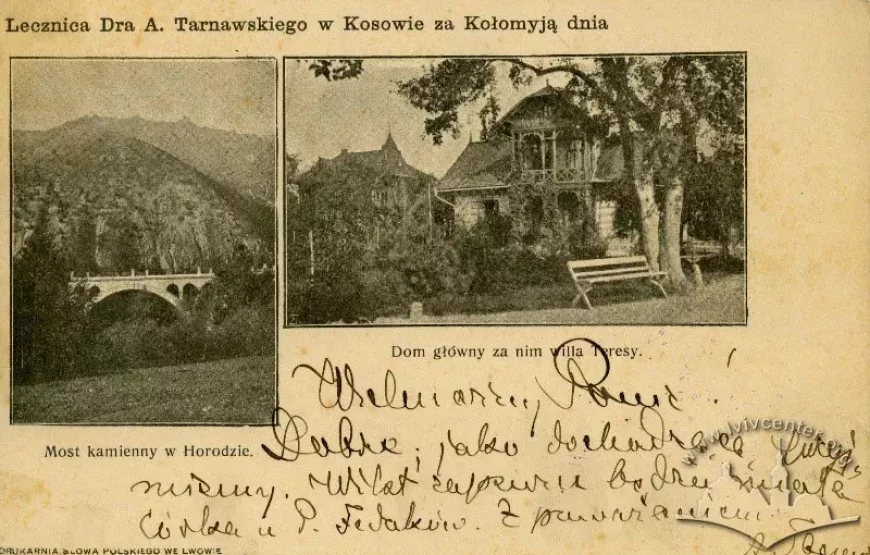
The history of this sanatorium dates back to the turn of the XIX-XX centuries. In those distant times, the Apollinarius Tarnavskyi liquefaction facility operated on the site of the modern sanatorium.
Content
This native of the Lviv region, a graduate of the Jagiellonian University, can be considered the founder of the sanatorium business in the Kosiv region. After Apollinarius Tarnavskyi had worked for several years at the Lviv Hospital, he decided to establish a private hospital and boarding house. In 1891-1893, Apollinarius realised his plan by choosing the picturesque surroundings of the town of Kosiv for the construction of a health resort.
Apollinarius Tarnavskyi developed his own system of treatment, which was accompanied by moderate nutrition and physical labour. The system was very strict but effective. Every day, the holidaymakers began with an early rise, exercises and a barefoot run in the dew. Then they had to work hard in the garden. The fattest patient was forced to pull a wheelbarrow with stones up a steep hill. In the evening, they could relax with dancing and singing, which were also part of the treatment programme. The food in the sanatorium was strictly vegetarian. Coffee, alcohol and cigarettes were strictly prohibited. The programme was full of various physical exercises, and it was possible to wash only in a contrast shower. For breaking the rules of the institution, holidaymakers were subject to a substantial fine. Local peasants enjoyed watching Mr Tarnavskyi force the elite to physically work with a shovel and lose weight. Poor holidaymakers were jokingly called ” Tarnavskyi varieties” by the locals. Every year, up to 200 people took these Spartan weight loss courses. As an advertisement for the institution, Tarnavsky treated writers for free, who thanked him with praise for the sanatorium.
During the First World War, the institution was temporarily closed, and Tarnavsky himself was arrested by the Austro-Hungarian authorities and sentenced to death as a “traitor”. However, thanks to the influential patients of the sanatorium, he was saved. Already after the war in 1922, he resumed the work of the hospital.
The dietitian at the sanatorium was Apolinaria’s daughter Celina Tarnavska-Bush. In 1929, she published the book “Kosovo Vegetarian Cuisine”, which contains about 600 recipes for vegetarian dishes. This book was later reprinted in London.
In 1939, Apollinarius Tarnavskyi had to escape from the Soviet occupation. His family almost forcibly took him to the Middle East. On the way, he even tried to jump out of the car. Apolinarius Tarnavskyi died in 1943 at the age of 92. He himself strictly adhered to his system of treatment, which allowed him to live such a long life, although, even in his youth, he almost died of tuberculosis.
In Soviet times, the Tarnavskyi sanatorium continued its activities (since 1946) as an official state medical institution. At first, it treated tuberculosis patients of all ages.
In the 1980s, the sanatorium began to accept children for rehabilitation after inpatient treatment of pulmonary diseases. To facilitate rehabilitation, the sanatorium has a school for grades 9-11.
Several villas built by Tarnavskyi, which he constructed together with his friend, architect Kazimierz Mokłowski, using Pokuttya and Hutsul architectural traditions, have survived to this day. In 1993, the buildings of the sanatorium were granted the status of an architectural monument.
Indications for rehabilitation in the Kosiv sanatorium are:
 Holidaymakers in the Kosiv sanatorium are provided with effective health treatments, namely: UHF, tube-quartz, aromatherapy, electrophoresis, inhalation, d’Arsonval, electric sleep, diadynamics, vitamin-oxygen cocktail, herbal bath, massage room, Morshynska mineral water pump room No. 1 and No. 6, herbal bar and salt room.
Holidaymakers in the Kosiv sanatorium are provided with effective health treatments, namely: UHF, tube-quartz, aromatherapy, electrophoresis, inhalation, d’Arsonval, electric sleep, diadynamics, vitamin-oxygen cocktail, herbal bath, massage room, Morshynska mineral water pump room No. 1 and No. 6, herbal bar and salt room.
In addition, the balneological department of the Kosiv sanatorium offers healing baths with herbal extracts and sea salt, as well as pearl baths.
On the territory of the “Kosiv” sanatorium, a wonderful arboretum, founded by Apollinarius Tarnavskyi, has been preserved. Here you can admire ginkgo, tulip tree, magnolias, sycamores, thuja, cypress, Menzies pseudotsuga, Weymouth pine and other rare plants. Some trees from the original timber have also been preserved. Among them, an oak tree with a diameter of 157 cm next to building No. 3 and linden trees, which are more than 200 years old, impress with their power.
Since 2010, the local arboretum became part of the Hutsulshchyna National Nature Park.
| Check In | 2:00 p.m |
|---|---|
| Check Out | 12:00 |